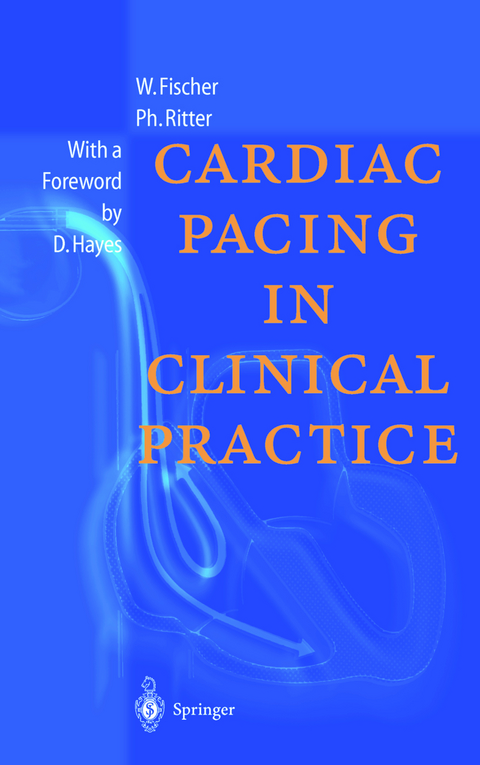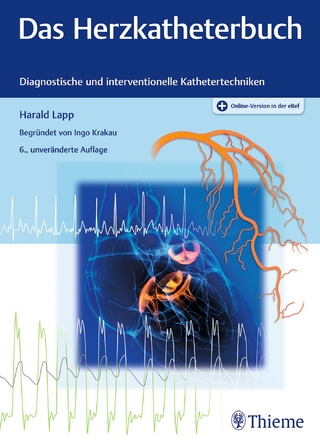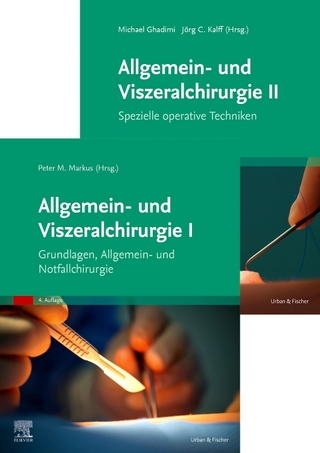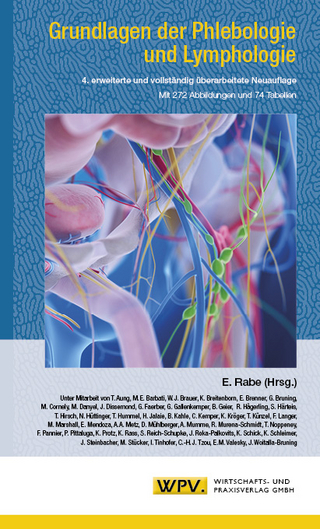
Cardiac Pacing in Clinical Practice
Springer Berlin (Verlag)
978-3-642-63741-4 (ISBN)
Introduction: A Short History of Cardiac Pacing.- 1 Brief Review of the Anatomy, Electrophysiology and Pathophysiology of the Cardiac Conduction System.- 2 General Technical Concepts.- 3 The Pacing Modes.- 4 Indications for Permanent Pacing and Choice of Pacemaker.- 5 Implantation Techniques.- 6 Complications.- 7 Patient Follow-Up.- 8 Practical Guide to Programming.- 9 Pulse Generator and/or Lead Replacement.- 10 Conclusions.- General.- The Magnet Modes.- Medical Emergencies in Paced Patients.- Questions Asked by Paced Patients.- The Simple Questions.- Environmental Interference.- Appendix to Chapter 2.- Additional Theoretical Notions of Electricity.- Additional Facts on Stimulating the Heart.- Appendix to Chapter 3.- Special Non-Responsive SSI Mode Functions that Control the Escape Rate.- Bradycardia Diagnostic Functions.- Rate Smoothing.- Dynamic Overdrive.- Sleep Rate.- Special Non-Responsive DDD Mode Functions that Control the Escape Rate.- Automatic Search of Spontaneous QRS.- The Vitatron and Pacesetter Systems (AV Search Hysteresis, AVD Scanning).- Automatic Switching from AAI to DDD; the ELA System.- Separate Programming of the Upper P Wave Synchronous Rate and of the Maximal Sensor Rate in DDDR Pacemakers.- The Maximal Sensor Rate (MSR) is Programmed Below the Upper P Wave Synchronous Rate (UR).- The Maximal Sensor Rate Is Programmed at the Upper P Wave Synchronous Rate.- The Maximal Sensor Rate Is Programmed Above the Upper P Wave Synchronous Rate.- Protection Algorithms Against Atrial Arrhythmias.- Lower Rate Timing of the Pacemaker.- The European Pacemaker Cards and Codes 1998.- Further Reading.- Sources of Figures.- Some Internet Addresses.
| Erscheint lt. Verlag | 9.11.2012 |
|---|---|
| Übersetzer | R. Ruffy |
| Vorwort | D. Hayes |
| Zusatzinfo | XX, 461 p. With 2 Falttafeln. |
| Verlagsort | Berlin |
| Sprache | englisch |
| Maße | 155 x 235 mm |
| Gewicht | 726 g |
| Themenwelt | Medizin / Pharmazie ► Medizinische Fachgebiete ► Anästhesie |
| Medizinische Fachgebiete ► Chirurgie ► Herz- / Thorax- / Gefäßchirurgie | |
| Medizinische Fachgebiete ► Innere Medizin ► Kardiologie / Angiologie | |
| Schlagworte | anatomy • Arrhythmia • Cardiology • complications • electrophysiology • heart • pathophysiology • Physiology |
| ISBN-10 | 3-642-63741-8 / 3642637418 |
| ISBN-13 | 978-3-642-63741-4 / 9783642637414 |
| Zustand | Neuware |
| Haben Sie eine Frage zum Produkt? |
aus dem Bereich


